Hartford as Global City: Immigrant Civic Engagement Initiative Gains Recognition
/
Hartford is quite an international city, a melting pot of cultures and backgrounds that most assume is the exclusive province of major metropolitan areas such as New York and Boston. But in language, nation of origin, and cultural traditions, virtually every corner of the globe is represented in Connecticut’s Capitol City, and its surrounding communities.
In fact, Hartford is a popular resettlement city, with about 25 percent of the city’s population recent immigrants. To respond to the significant need among the various immigrant communities for assistance and guidance in navigating language barriers and cultural differences and more fully integrating into their new home community, a partne rship of Hartford-based organizations stepped up in a way that has proven quite effective, and is gaining national recognition.
rship of Hartford-based organizations stepped up in a way that has proven quite effective, and is gaining national recognition.
The Hartford Public Library received funding in 2010 for an Immigrant Civic Engagement Project through the Institute of Museum and Library Services (IMLS), to develop a comprehensive program to promote immigrant civic engagement. The initiative had two goals:
- Facilitate the transition of newly arrived immigrants into the community and build trusting relationships of mutual understanding between new and longtime residents
- Engage established immigrants in civic integration and facilitate their involvement in broader community building efforts
At the annual conference of the international Association for Research on Nonprofit Organizations and Voluntary Action (ARNOVA), hosted recently by Hartford and held at the Connecticut Convention Center, the leaders of the ground-breaking Hartford partnership were called upon to lead a session to outline their work for those who may seek to emulate it in other communities across the country.
Among the presenters was Richard Frieder, Director of Community Development & Civic Engagement within the Cultural Affairs & Public Programming Department and Center for Civic Engagement of the Hartford Public Library. Frieder was joined by Homa Naficy, Chief Adult Learning Officer and Nancy Caddigan, Intercultural Liaison of the Hartford Public Library, and Kyle Barrette and Rebecca Thomas of the UConn School of Social Work.
Innovative Approaches, Impactful Outcomes
Their session, called “Innovative Approaches to Community Development in a Challenging Economy and Changing Society,” was well-received by conference participant from across the country. They focused on “effectiveness, evaluation and programs,” outlining what was done and why – and how it all worked.
- They described an effort that engages immigrants and “receiving” community members, social service providers and other immigrant advocates, highlighting the importance of building networks of trusting relationships.
- The initiative provided an opportunity to address immigrant voices isolated from the mainstream, respond to language and economic barriers, and address the lack of engagement in community and civic associations.
- The program featured “cultural navigators” – some of them bilingual - and community dialogues – held at the Library’s American Place - all aimed at improving the immigrant experience in Hartford.
Most of all, it created bonds between existing members of the community – many of them retired teachers and social workers who volunteered to be “cultural navigators” – and immigrants looking to ad just to their new land.
just to their new land.
New connections were developed between city officials, organizations and service providers to the immigrant and refugee community, and both the immigrant community and receiving community became engaged in community building. There was also outreach to churches, community centers and other neighborhood organizations.
Over three hundred people were involved across all activities of the three year project.
The outcomes were substantial, and included the development of strong relationships, an increased awareness of immigrant issues, integration of immigrant and refugee families within their local communities, and increased social capital for immigrant as well as receiving communities. In addition, action teams focused on new community projects, municipal and organizational investment in immigrant and refugee issues was enhanced, and a City Commission on Immigrant Affairs was established.
UConn School of Social Work students, as part of the grant-funded initiative, served as program evaluators, maintaining a rigorous evaluation of outcomes, and an audit trail of activities so that the entire project could be replicated.
At the end of the day, organizers hope that the program has effectively “changed the way that people think about immigrants – and the Capitol City.” Hartford is a global community. And it has produced a program that can help immigrants here and elsewhere to settle in and excel.


 nd are “intended to limit live action,” including:
nd are “intended to limit live action,” including:

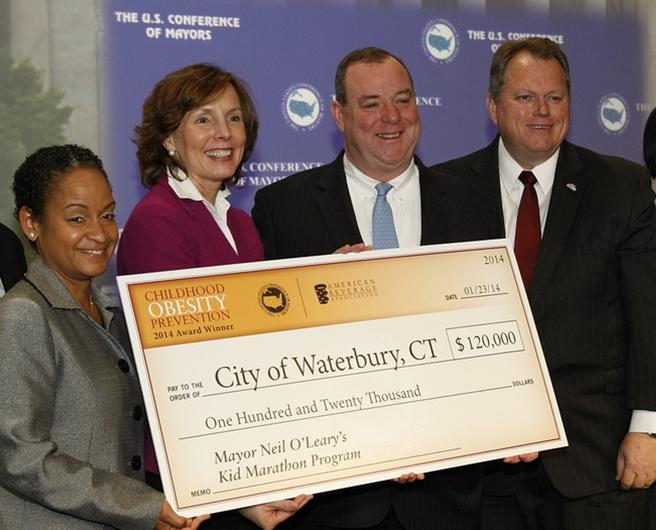 reg Fischer, U.S. Labor Secretary Thomas Perez and Wendy Spencer, CEO of the Corporation for National and Community Service.
reg Fischer, U.S. Labor Secretary Thomas Perez and Wendy Spencer, CEO of the Corporation for National and Community Service.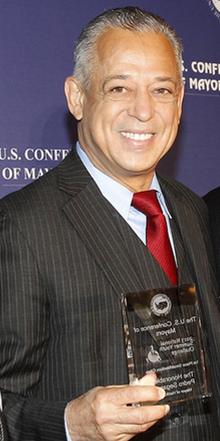 The Kid’s Marathon Program is designed to target city youth lacking in physical activity and good nutrition habits. Students run 1-2 miles, two or three times per week, completing a cumulative 26.2 mile marathon over the course of the program. They also receive positive and practical guidance on nutrition that helps foster long-term healthy eating behaviors. In 2013, the program’s first year, 438 students participated, with the culminating 1-mile run occurring at Crosby High School before a crowd of family, friends and supporters.
The Kid’s Marathon Program is designed to target city youth lacking in physical activity and good nutrition habits. Students run 1-2 miles, two or three times per week, completing a cumulative 26.2 mile marathon over the course of the program. They also receive positive and practical guidance on nutrition that helps foster long-term healthy eating behaviors. In 2013, the program’s first year, 438 students participated, with the culminating 1-mile run occurring at Crosby High School before a crowd of family, friends and supporters. e Association (ABA), to support and/or enhance mayors’ ongoing childhood obesity prevention programs in their cities. A total of $445,000 in grants was awarded to support both new and existing programs. Denver, CO and Dallas, TX (large cities) and York, PA and Monrovia, CA (small cities) were the other recipients.
e Association (ABA), to support and/or enhance mayors’ ongoing childhood obesity prevention programs in their cities. A total of $445,000 in grants was awarded to support both new and existing programs. Denver, CO and Dallas, TX (large cities) and York, PA and Monrovia, CA (small cities) were the other recipients.
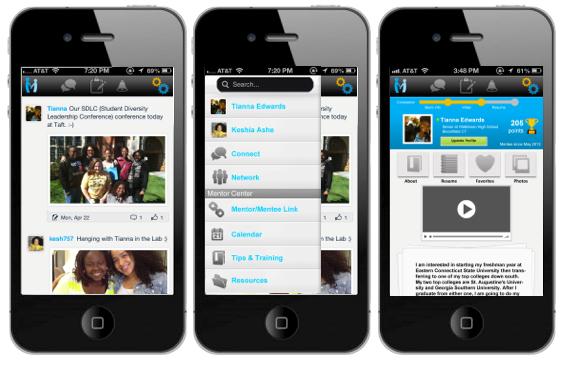
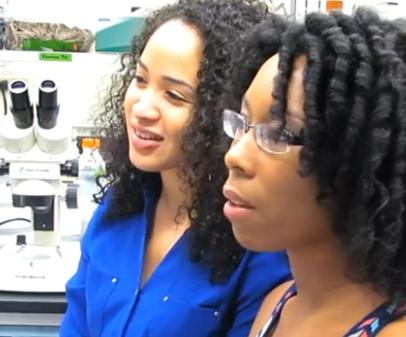 who will discuss topics such as career placement basics, salary and promotions, communication, creating support groups, being culturally aware, finding a work/life balance, and appreciating the value of staying true to oneself in male-dominated fields.”
who will discuss topics such as career placement basics, salary and promotions, communication, creating support groups, being culturally aware, finding a work/life balance, and appreciating the value of staying true to oneself in male-dominated fields.” nd nonprofit officials were meeting in Washington, the University of Connecticut, the state’s flagship institution, announced that the number of high school students seeking admission to UConn’s Storrs campus next fall has jumped significantly over last year’s figures, comprising a pool of potential freshmen with even higher average SAT scores and more diversity than previous years’ applicants.
nd nonprofit officials were meeting in Washington, the University of Connecticut, the state’s flagship institution, announced that the number of high school students seeking admission to UConn’s Storrs campus next fall has jumped significantly over last year’s figures, comprising a pool of potential freshmen with even higher average SAT scores and more diversity than previous years’ applicants.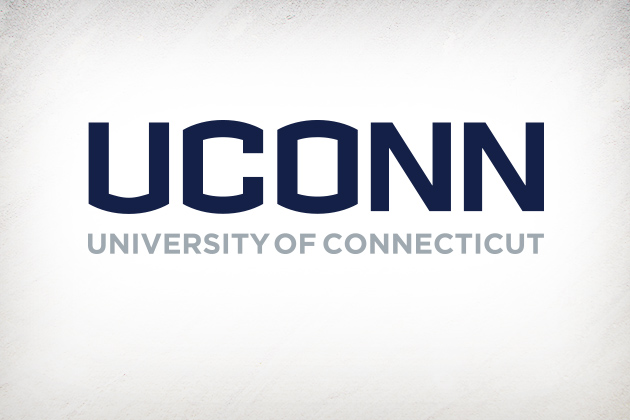 n in UConn’s commitment to diversity. Officials pointed out that the jump in UConn applications runs counter to national and regional trends in which declines in the number of high school graduates have caused many universities to see their applications and enrollments level off or decrease.
n in UConn’s commitment to diversity. Officials pointed out that the jump in UConn applications runs counter to national and regional trends in which declines in the number of high school graduates have caused many universities to see their applications and enrollments level off or decrease. ment at the community colleges fell 2.1 percent to 56,977, reflecting losses in both full and part time students.
ment at the community colleges fell 2.1 percent to 56,977, reflecting losses in both full and part time students.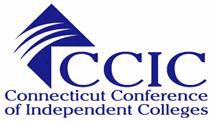
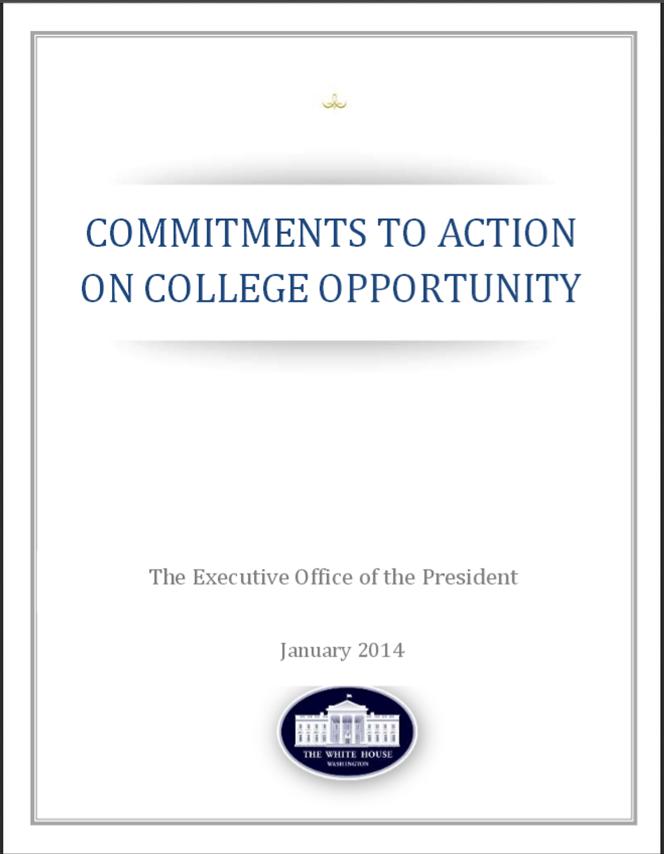 ll be hosting two upcoming events focusing on the remediation issue, the White House report indicated:
ll be hosting two upcoming events focusing on the remediation issue, the White House report indicated: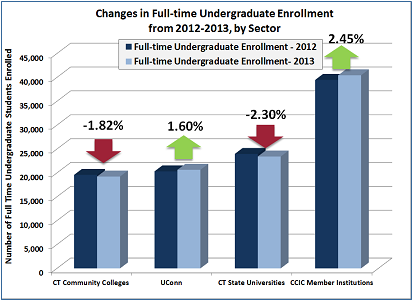 nd math) curricula.
nd math) curricula.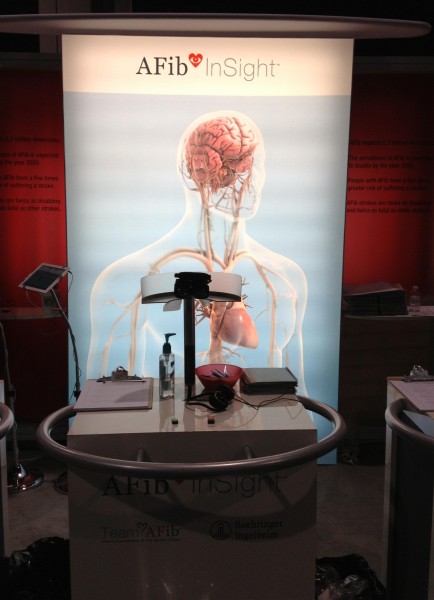



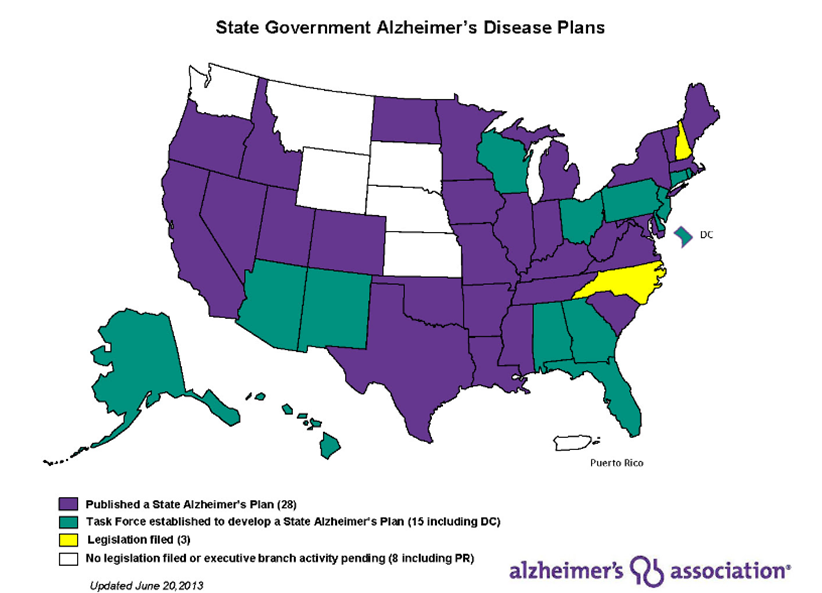 vers.
vers.
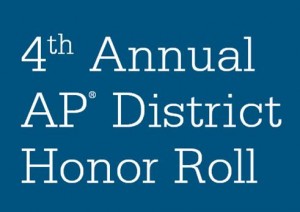 are successfully identifying motivated, academically prepared students who are likely to benefit from rigorous AP course work, according to
are successfully identifying motivated, academically prepared students who are likely to benefit from rigorous AP course work, according to  istrict, but often include biology, chemistry, physics, Spanish, U.S. history, English literature, and calculus.
istrict, but often include biology, chemistry, physics, Spanish, U.S. history, English literature, and calculus. ervices and treatments, and provide much needed education to those impacted by mental illness.
ervices and treatments, and provide much needed education to those impacted by mental illness.
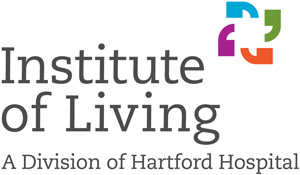 may be a lifelong condition, like diabetes. “However, as with diabetes, proper treatment enables many people with a mental illness to lead fulfilling and productive lives. By helping combat the stigma associated with mental illness, we can help increase the number of people that seek treatment.”
may be a lifelong condition, like diabetes. “However, as with diabetes, proper treatment enables many people with a mental illness to lead fulfilling and productive lives. By helping combat the stigma associated with mental illness, we can help increase the number of people that seek treatment.”
 11. Virginia
12. Texas
13. Utah
14. Arizona
15. North Carolina
16. Illinois
17. Pennsylvania
18. Kansas
19. New Hampshire
20. D.C.
11. Virginia
12. Texas
13. Utah
14. Arizona
15. North Carolina
16. Illinois
17. Pennsylvania
18. Kansas
19. New Hampshire
20. D.C.



























